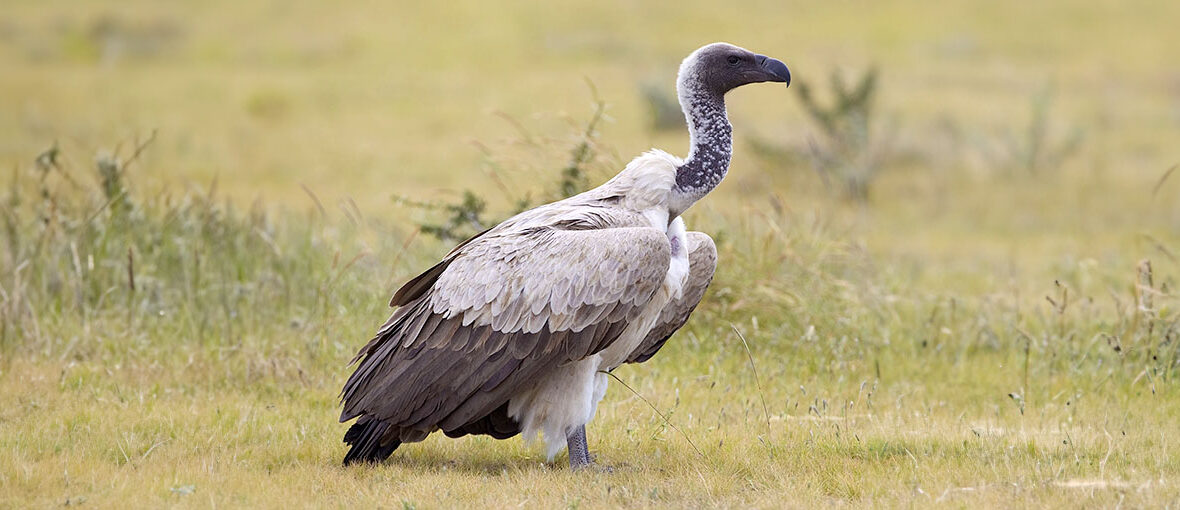
The white-backed vulture is an Old World (animals from Africa and Asia) vulture that hails from Africa. Despite their status, they are the most common vulture seen in Africa. These vultures face many threats such as habitat loss and destruction at the hands of residential and commercial developments, farming, oil and gas drilling, renewable energy, and logging; habitat division at the hands of roads and railroads; electrocution at the hands of utility lines; hunting; trapping; recreational activities that interfere with their reproduction; and pollution. As a result these beneficial scavengers are listed as Critically Endangered by the IUCN. Their populations are also decreasing.
First the Stats…
Scientific name: Gyps africanus
Weight: Up to 12 lbs.
Length: Up to 2.8 feet
Wingspan: Up to 7.5 feet
Lifespan: Up to 20 years
Now on to the Facts!
1.) They can be seen from Senegal, Gambia, and Mali in the west; throughout the Sahel region to Ethiopia, and Somalia in the east; through East Africa into Mozambique, Zimbabwe, Botswana, Namibia; and South Africa in the south.
2.) Their range covers approximately 9,400,000 square miles.
3.) These birds have suffered a tremendous decline in their numbers.
4.) They were first assessed in 1988, and at that time were classified as a Least Concern. They were reassessed from a Least Concern status to a Near Threatened species in 2007. By 2012, their populations had decreased by 50%! In October 2015 they were reassessed again to Critically Endangered.
5.) In the past 40+ years, their populations have declined at a rate of 63% – 89%!
But wait, there’s more on the white-backed vulture!
6.) Their overall survival rate is 90.7%. This means that the deaths of adult vultures can lead to rapid population declines.
7.) The loss of adults will cause less reproduction and as a result younger birds will be less likely to survive, and the population will be drastically and possibly irreparably reduced.
Did you know…?
The greatest threat to these birds is that of habitat loss and destruction.
8.) A toxic pesticide called Furadan is also widely utilized, and as a result the vultures feast on the poisoned animals and die of secondary poisoning.
9.) The primary diet of these vultures is the carrion (dead animals) of warthogs, zebras, gazelles, ostriches, and even livestock.
10.) Females lay a single egg that hatches in up to 8 weeks.
But wait, there’s still more on the white-backed vulture!
11.) The chick fledges in up to 5 months.
12.) A common parasite of the white-backed vulture is the tick called Argas theilerae.
Now a Short White-Backed Vulture Video!
Be sure to share & comment below! Also, check out the Critter Science YouTube channel. Videos added regularly!
Want to suggest a critter for me to write about? Let me know here.
Some source material acquired from: Wikipedia & IUCN
Photo credit: Yathin sk



